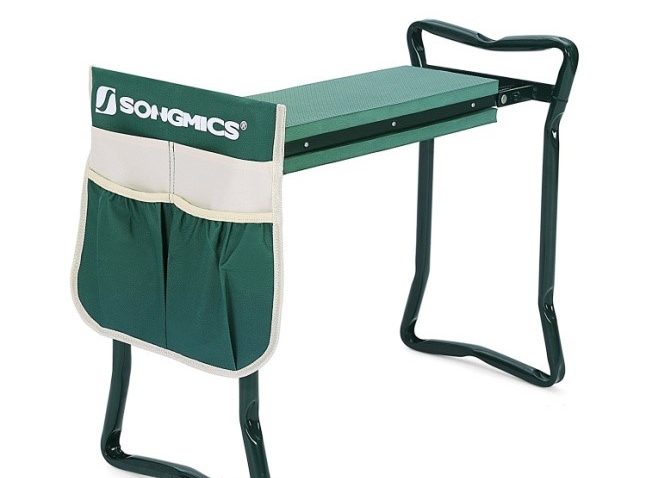Gardening Wounds
Sooner or later you will injure yourself while working in the garden. This possibility is actually increased by the fact that if you are using a tool I have sharpened, it will be razor sharp. Your tender skin simply cannot resist the blade of a properly sharpened tool. If there is any consolation, you will be surprised at how painless the cut will be. You see, the sharper the cutting edge, the less nerve tissue damage there it. And it’s not just the tools that can hurt you. The garden is like a battle ground–with enemy thorns, rough bark, splinters, rock and concrete surfaces and just plain pokey branches just waiting for you to make just one careless move. You might win the war, but sooner to later you will lose a battle.
Now most of you will probably ignore the wound and continue your gardening chores. I, however, cannot. Any tiny skin puncture results a blood flow that simply won’t stop because of the blood thinner I take. So I have to go inside and apply a bandage. Here is where my advice comes in: Use Nexcare clear waterproof bandages. After washing the wound area thoroughly (do as I say, not as I do) and drying, apply antibacterial cream or ointment to the gauze pad, and stick on the bandage. Now you are literally covered for days. These bandages are unobtrusive and will remain stuck to you skin until you get around to finally removing it days later. And voila, the wound is completely healed. Now I realize that severe wounds are not treated just with a bandage, and although one of my sons swears by super glue to stick open wounds back together, you are going to have to use a certain amount of common sense in dealing with accidents in the garden. In any case, stock up your medicine cabinet with Nexcare clear waterproof bandages and a tube of antibacterial cream or ointment. You want to be prepared for that next accident that will occur.
Stan, The Tool(?) Man

